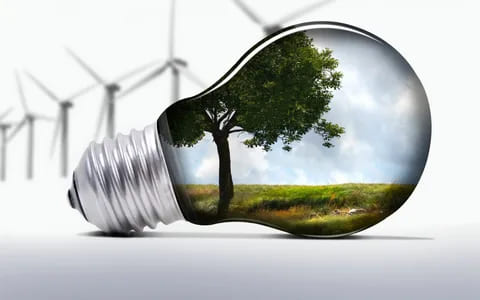How Does Waste to Energy Work?
Waste-to-energy (WTE) or energy-from-waste (EfW) is the process of generating energy in the form of electricity or heat from the incineration of waste sources. There are two major types of WTE technologies – thermal and biological. Thermal technologies use combustion or pyrolysis to break down organic waste into an inorganic residue and gases such as carbon dioxide and water. The heat produced can then be used directly or converted into electricity using steam turbines or generators. Biological technologies utilize processes like anaerobic digestion or gasification which produce biogas that can be captured, purified into renewable natural gas, and used for heat, electricity and transportation.
Types of Waste Used in Waste to Energy Facilities
Waste To Energy facilities use municipal solid waste (MSW) which mainly includes non-hazardous trash such as food waste, paper, cardboard, plastics, wood, textiles and other waste from households and commercial establishments. Agricultural waste, sewage sludge and industrial non-hazardous waste are also occasionally used to supplement the fuel supply. Hazardous wastes like batteries, electronics, medical waste and chemicals must be separated and treated separately due to their toxic contaminants. Waste that is highly compacted or highly wet must also be pre-processed before being fed into the combustion unit.
Energy Recovery Process
In a mass-burn WTE facility, trucks unload the mixed waste into a large container inside the plant. The waste is then stored, inspected using X-rays for hazardous materials, and fed onto a moving grate where it is burned at high temperatures of around 800 to 1000°C. This process sterilizes the waste and efficiently converts it into heat energy through combustion. The heat boils water in tubes surrounding the combustion chamber to produce steam. The high-pressure steam then spins turbines and turns generators to produce electricity. Some plants use the steam directly for district heating or industrial applications. Emissions produced are treated through air pollution control systems to minimize environmental impacts.
Benefits of Waste to Energy
The primary benefit of WTE is conversion of waste into a renewable source of energy. It reduces the need for fossil fuels and landfill space while producing electricity or heat from materials that would otherwise go to waste. Around 1 ton of waste can generate over 600 kWh of electricity, enough to power an average home for one month. WTE also reduces greenhouse gases since landfills are significant sources of methane, a potent GHG. By burning waste instead, WTE facilities capture methane produced and convert it to CO2. This provides a better outcome in terms of global warming potential. WTE also eliminates odour, litter, pests and other problems associated with landfilling and incineration of waste. As an established tech, WTE offers a tested solution for sustainable waste management.
Potential Drawbacks of Waste to Energy
Despite its benefits, there are some concerns associated with WTE:
Air Pollution: Incomplete combustion of waste can release pollutants like dioxins, particulates and heavy metals into the air. Strict emission control systems aim to minimize this but any pollution is undesirable.
Public Health Impacts: Early WTE plants without adequate controls raised worries over health impacts though modern facilities that meet standards show little toxic effect. However, concerns still exist around long-term low-level exposure risks.
Cost: Building and operating WTE plants requires large capital investments and operational costs. Tipping fees (paid per ton of waste processed) need to be sufficient to make projects financially viable long-term. Subsidies may be needed.
Ash Residue: Around 10-30% of the waste’s weight is left over as bottom ash after combustion. This ash contains some contaminants and must be landfilled as hazardous waste.
Alternatives: Arguments that waste reduction, reuse and recycling are preferable to WTE given their higher places in the waste hierarchy. However, not all waste can currently be diverted from disposal.
Balancing Benefits and Drawbacks
Some see waste to energy favorably as one part of an integrated waste management system that maximizes diversion through reduction, reuse and recycling first before using WTE for residual non-recyclable waste streams. When properly regulated and operated, WTE offers a beneficial use of that remaining non-recyclable portion as a renewable fuel. However, constant improvements are needed to advance pollution control andAsh minimization technologies. Public acceptance also depends on transparency around plant operations and impacts. With a well-designed program balancing its pros and cons, WTE has potential to support transitioning to more sustainable resource use while managing waste disposal needs responsibly.
Get more insights on Waste To Energy
About Author:
Money Singh is a seasoned content writer with over four years of experience in the market research sector. Her expertise spans various industries, including food and beverages, biotechnology, chemical and materials, defense and aerospace, consumer goods, etc. (https://www.linkedin.com/in/money-singh-590844163)


